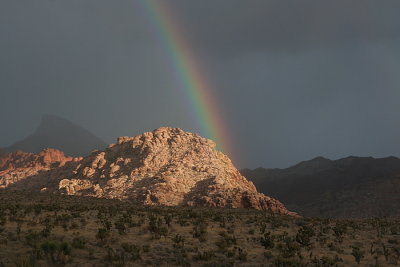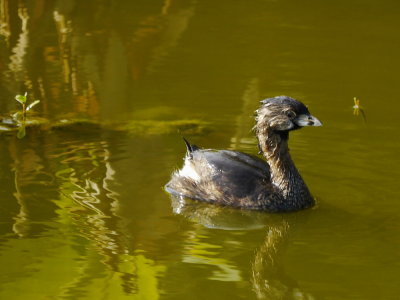rgs_45
Senior Member
My first time to convert RAW to JPEG to see the difference in the outcome. ALL 3 photos are OOC with no PP. From what I see, the JPEG version is much cleaner.
Is it supposed to be this way for RAW to JPEG conversion?
Am I doing something wrong in my conversion?
What is your workflow in converting from RAW to JPEG?
Any other things I should know about converting RAW to JPEG?
Thank you very much for your time and any help anyone can provide?
Camera/Lens: Olympus EM-1 + 75-300 II
**BTW I also posted this to the Retouching forum http://www.dpreview.com/forums/post/55839002

Shot as JPEG OOC.

Opened it as RAW the saved (save as) as JPEG

Opened it as RAW, converted to TIFF then saved as JPEG
--
- Richard -
Is it supposed to be this way for RAW to JPEG conversion?
Am I doing something wrong in my conversion?
What is your workflow in converting from RAW to JPEG?
Any other things I should know about converting RAW to JPEG?
Thank you very much for your time and any help anyone can provide?
Camera/Lens: Olympus EM-1 + 75-300 II
**BTW I also posted this to the Retouching forum http://www.dpreview.com/forums/post/55839002

Shot as JPEG OOC.

Opened it as RAW the saved (save as) as JPEG

Opened it as RAW, converted to TIFF then saved as JPEG
--
- Richard -






